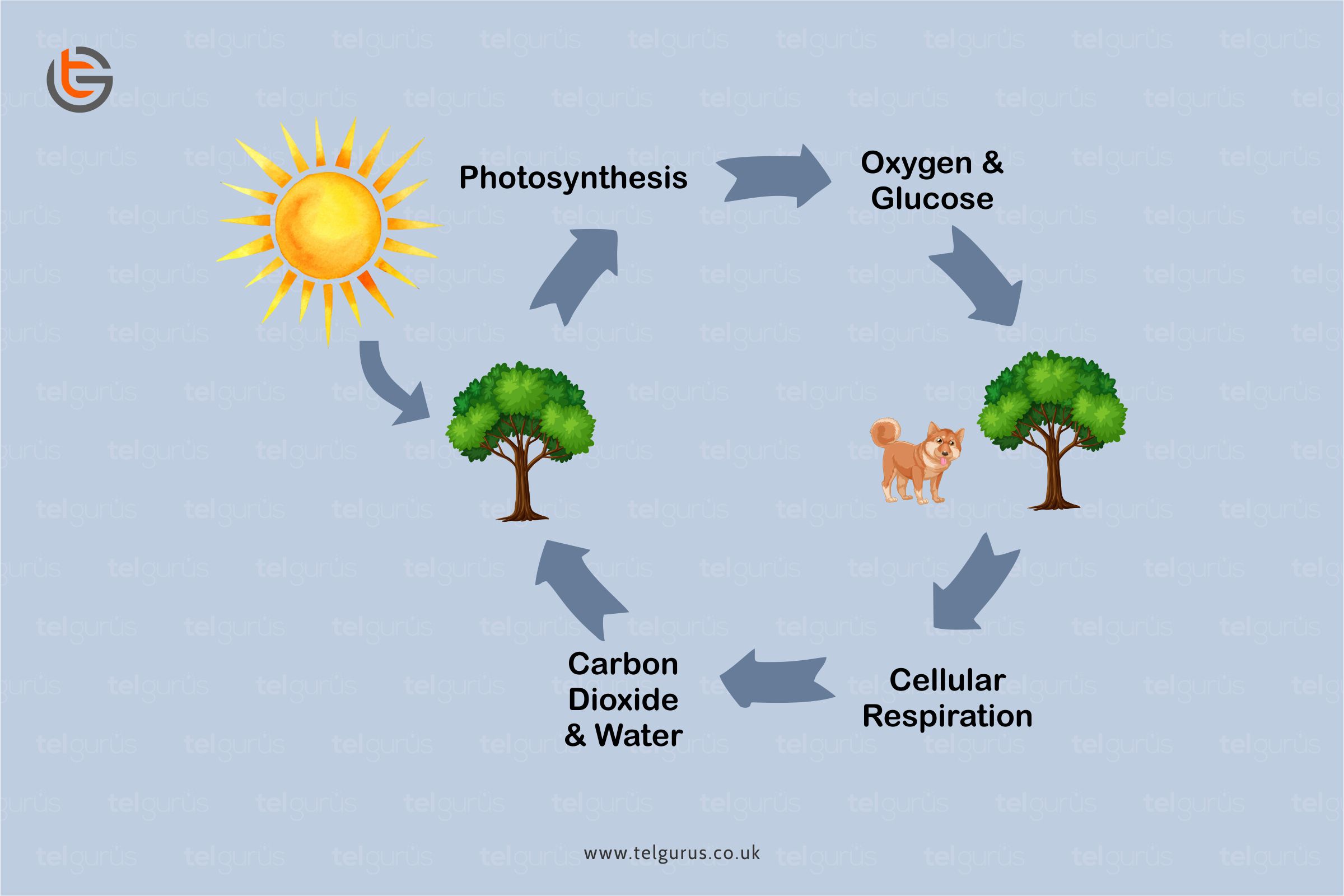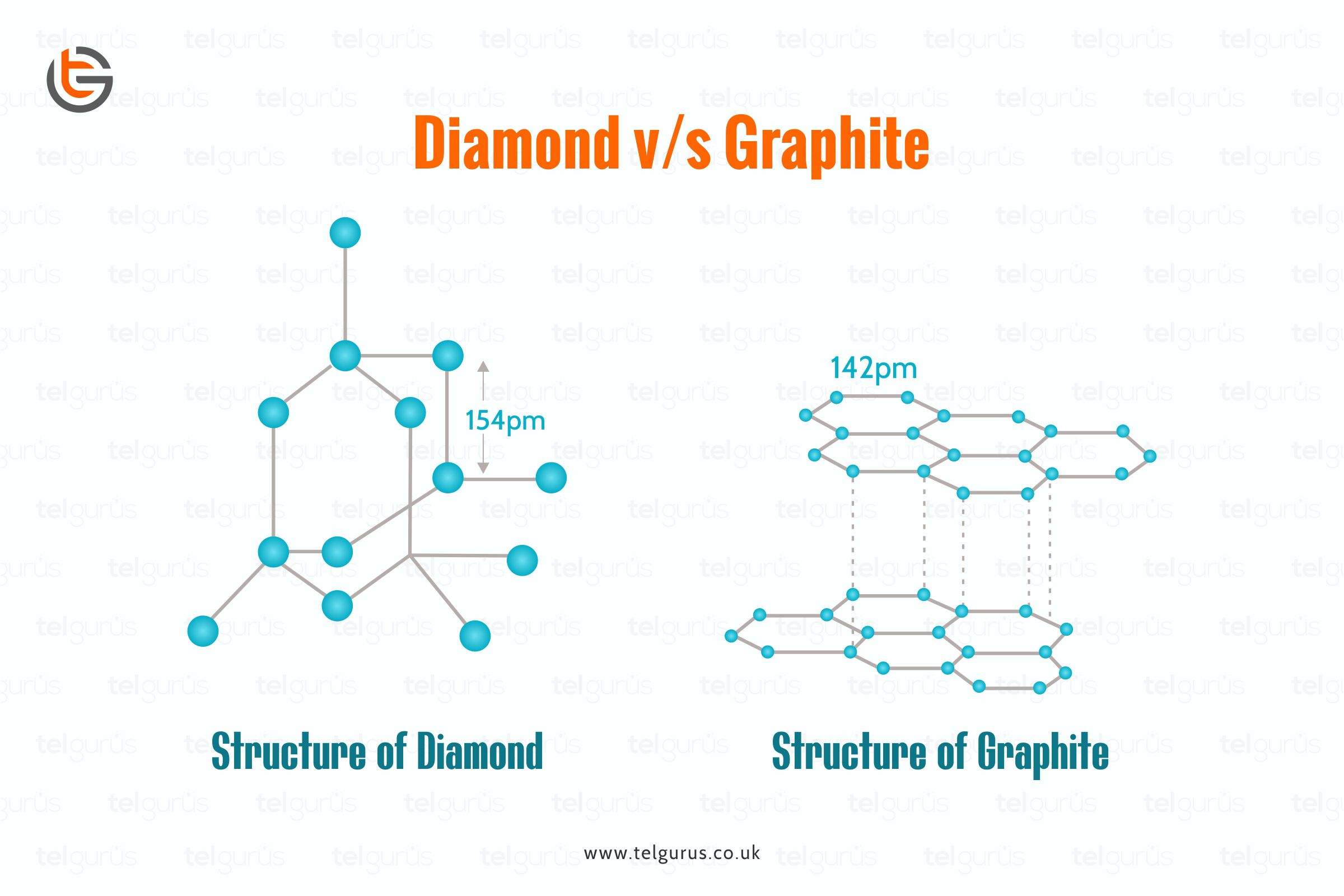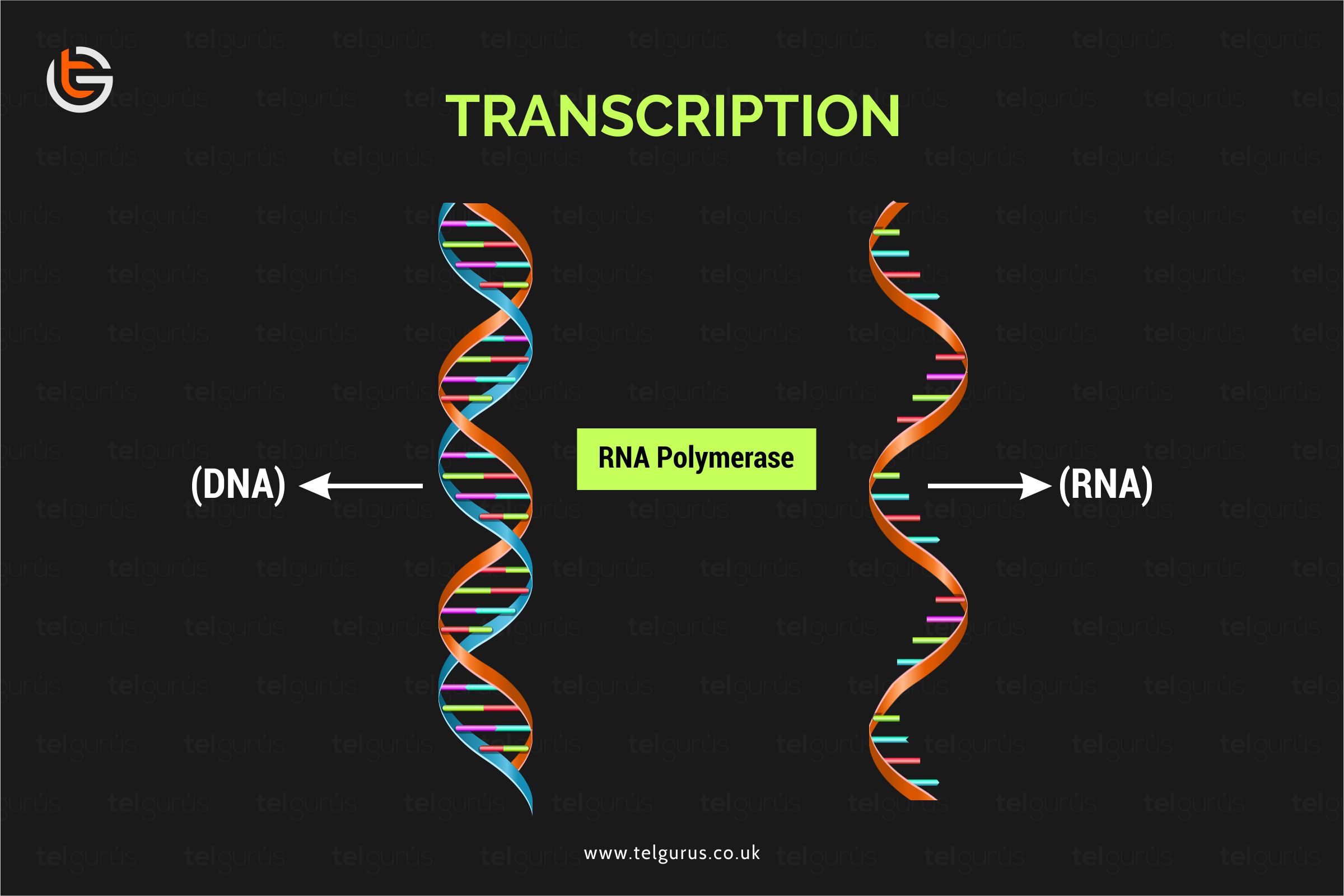Enrich your knowledge with our informative blogs
Describe the similarities between photosynthesis and respiration.

Plants, humans and animals, all depend on the cycle of photosynthesis and respiration for survival.
The oxygen produced by the plants during the process of photosynthesis is what animals and humans inhale for the blood to transport to the cells for respiration.
And the CO2 produced during the respiration process is released from humans or animals and absorbed by the plants to facilitate endow with the energy they require for the development. This is the never-ending cycle that generally sustains life on earth.
Photosynthesis and cellular respiration are the products of a system that are the reactants of the other.
What is photosynthesis?
Photosynthesis is the process that involves the energy used from water, sunlight, and carbon dioxide to produce oxygen and glucose. Plants use the photosynthesis process to produce energy.
What is Respiration?
Respiration uses oxygen and glucose to produce water and carbon dioxide. The process of respiration breaks down the energy for use.
Similarities between Photosynthesis and Respiration
- Both the processes involve energy production
- Both the processes involve gases exchange
- Both the processes take place in the cell organelle that was considered an endosymbiotic organism.
- Both involve reduction-oxidation reaction and electron transport chain
- Both the processes synthesize and utilize ATP
- Both the processes phosphorylation and electron carriers
Similarities explanation
- Both involve chemical energy production (ATP)
In Photosynthesis, ATP is generated through light energy and utilized to make the organic molecules, whereas, in respiration, ATP is produced by breaking down the organic molecules.
- Both include ATP production involving an electron transport chain and chemiosmosis.
In photosynthesis, the electrons are donated by the chlorophyll, and protons accumulate within the thylakoid’s lumen, whereas in respiration, electrons are donated by hydrogen carriers. Protons accumulate in the intermembrane space.
- Both take place in cell organelle.
Photosynthesis occurs in Chloroplast, whereas respiration occurs in mitochondria.
Differences between Photosynthesis and Respiration
| Parameters | Photosynthesis | Respiration |
| Takes place in | It takes place in Algae, plants, and photosynthetic bacteria | It takes place in all living organisms. |
| Function | It captures, converts, and stores energy | It releases energy |
| Purpose | It converts light energy from the sun that is converted into chemical energy and stored in the glucose bonds | Here the chemical energy is stored into the glucose that is released to produce the ATP for cell |
| Metabolic Process | The metabolic process here is anabolic.
Here the energy from ATP NADPH, and CO2 are utilized to produce the glucose molecules. |
The metabolic process is catabolic.
Here the glucose is broken down to produce the CO2 and energy in the form of NADH, ATP, and FADH2 |
| Reactants | Wate, Light energy and Carbon Dioxide | Oxygen and Glucose |
| Energy source | Sunlight | Glucose |
| Location | The chloroplast of the plant’s cell | Glycolysis takes place in the cytoplasm while the mitochondria are the site of Krebs cycle, ETC |
| Electron Carriers | NADPH | NADPH and FADH2 |
| Products | Glucose and Oxygen | Water and Carbon Dioxide |
| Equation | 6CO2 + 6H2O –––> C6H12O6 + 6O2 | C6H12O6 + 6O2 –––> 6CO2 + 6H2O |
Bottom Line!
Both respiration and photosynthesis include the energy conversions from one form to another through the biochemical reaction’s series.
Both the processes utilize and produce ATP in reactions, which are carried out on the membranes and controlled by the enzymes. Both the processes involve reaction cycles, including the redox reactions.
Read More – Biology Questions
View More – Useful links for Your Child’s Development

Visualize the in-depth understanding of the natural world!
Biology would sound more interesting when your curiosity levels are satisfied with better visuals & logical explanations.
Categories
Recent Posts
- List of the qualities you should look for in your tutors?
- What is the most useful formulas in math?
- Describe the process of eating to defecation of food?
- Difference between the natural and artificial active response by the immunology system.
- Explain the different circle theorems
- How are nerve cells adapted to their function?










